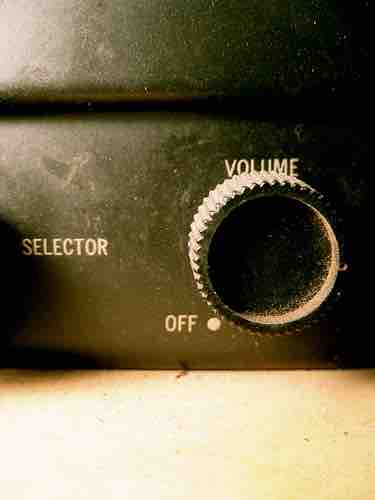Just-Noticeable Difference
The just-noticeable difference (JND), also known as the difference limen or differential threshold, is the smallest detectable difference between a starting and secondary level of sensory stimulus. In other words, it is the difference in the level of the stimulus needed for a person to recognize that a change has occurred.

Turning Up the Volume
The difference threshold is the amount of stimulus change needed to recognize that a change has occurred. If someone changes the volume of a speaker, the difference threshold is the amount it has to be changed in order for listeners to notice a difference.
Influencing the Just-Noticeable Difference
The JND is usually a fixed proportion of the reference sensory level. For example, consider holding a five-pound weight (the reference level), and then having a one pound weight added. This increase in weight is significant in comparison to the reference level (a 20% increase in weight). However, if you hold a fifty pound weight (the new reference level), you would not be likely to notice a difference if one pound is added. This is because the difference in the amount of additional weight from the reference level is not significantly greater (2% increase in weight) than the reference level.
The absolute threshold is the minimum volume of the radio we would need in order to notice that it was turned on at all. However, determining the just-noticeable difference, the amount of change needed in order to notice that the radio has become louder, depends on how much the volume has changed in comparison to where it started. It's possible to turn the volume up only slightly, making the difference in volume undetectable. This is similar to adding only one pound of weight when you're holding 50 pounds.